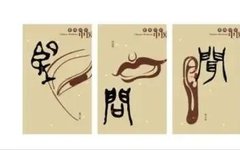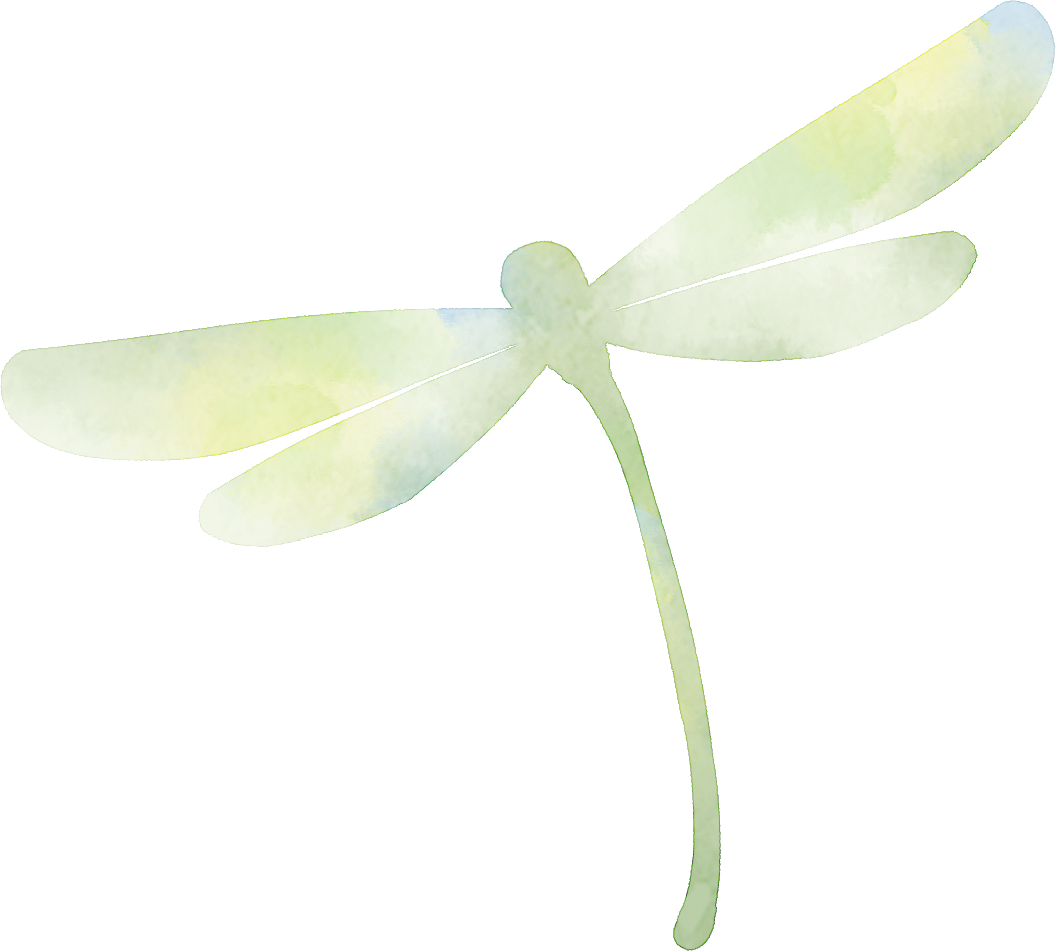
Principles of Nursing in Traditional Chinese Medicine
serve as general guidelines for nursing work.
These principles are formulated under the guidance of holistic concepts and the theory of syndrome differentiation in nursing, based on the objective data obtained from the four diagnostic methods (inspection, auscultation, inquiry, and palpation). They are established through comprehensive analysis, synthesis, and judgment of the nursing subjects, providing universally applicable nursing rules.
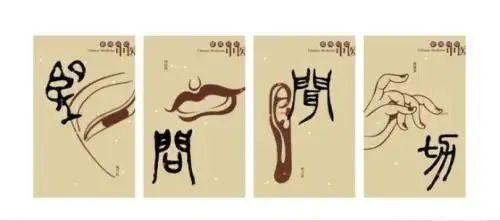
Basic Principles
(1) Seek the root cause in nursing
(2) Adjust Yin and Yang
(3) Support the righteous and eliminate the evil
(4) Different nursing for the same disease and same nursing for different diseases
(5) Adapt to the three factors
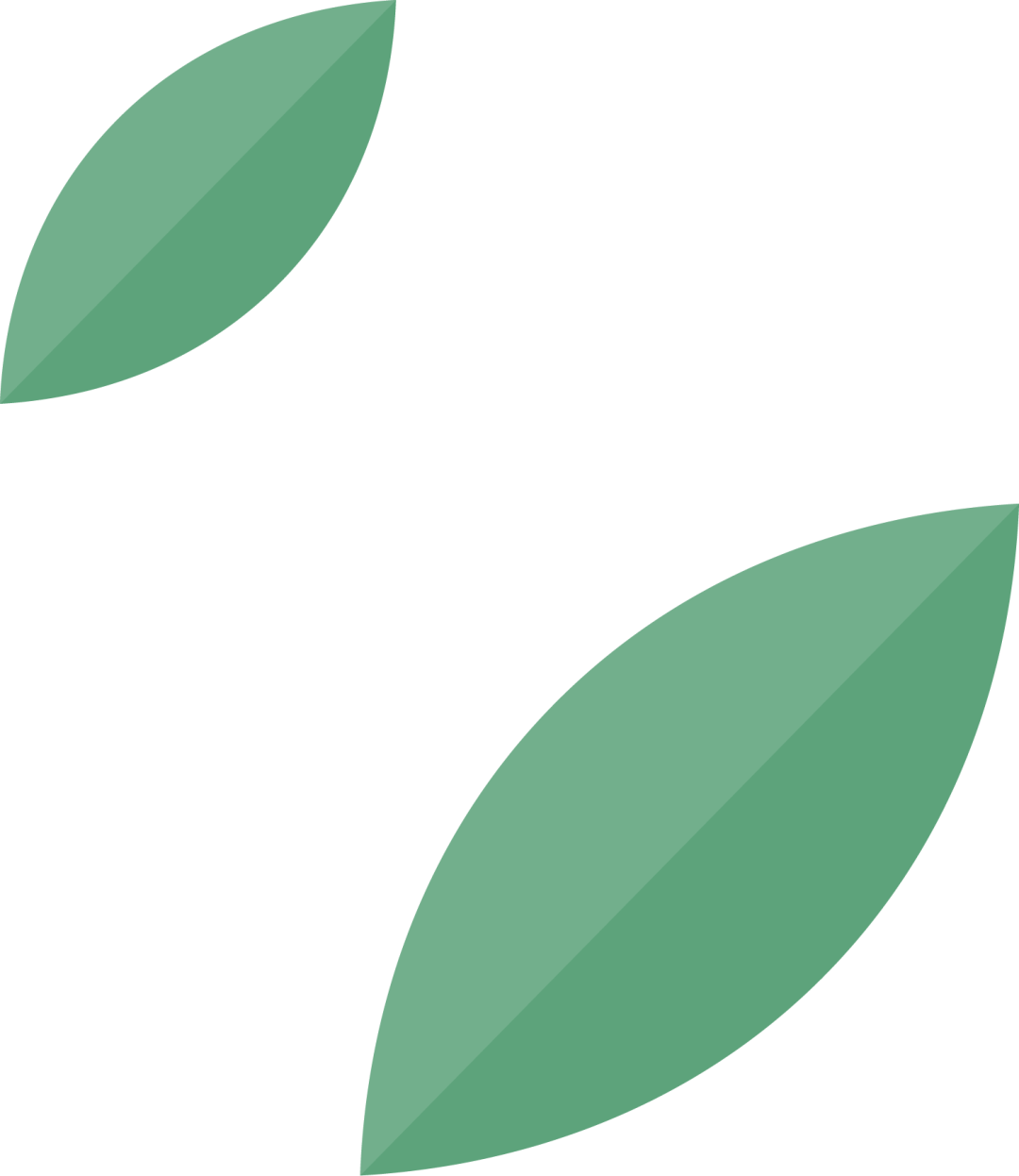
1. Seek the Root Cause in Nursing
1

The principle of correct treatment and nursing, also known as reverse treatment and nursing, refers to a common rule where treatment and nursing are conducted in accordance with the essence and manifestations of the disease.
(1) For cold conditions, use heat: Cold syndromes manifest cold signs, treated with warm and hot properties of medicines and methods.
(2) For heat conditions, use cold: Heat syndromes manifest heat signs, treated with cold and cool properties of medicines and methods.
(3) For deficiency, tonify: Deficiency syndromes manifest weakness, treated with tonifying properties of medicines and methods.
(4) For excess, drain: Excess syndromes manifest excess signs, treated with methods to attack and drain the evil.
2

Counter treatment and nursing, also known as following treatment and nursing, refers to methods of treatment and nursing when the manifestations of the disease do not align with its essence, essentially following the symptoms of the disease.
(1) Use heat for heat: Use hot medicines and warm methods to treat conditions with false heat symptoms, suitable for true cold with false heat.
(2) Use cold for cold: Use cold medicines and cool methods to treat conditions with false cold symptoms, suitable for true heat with false cold.
(3) Use tonics for blockage: Use tonifying medicines and methods to treat conditions that are blocked due to deficiency.
(4) Use drainage for blockage: Use medicines and methods that promote drainage for conditions with true excess symptoms.
3

Principle of prioritizing symptoms and root causes
“Symptoms” and “root” are relative terms. Based on the severity of the condition, the nursing principle follows: “If urgent, treat the symptoms; if mild, treat the root.” In cases where both symptoms and root are important, a method of “treating both symptoms and root” can be adopted.

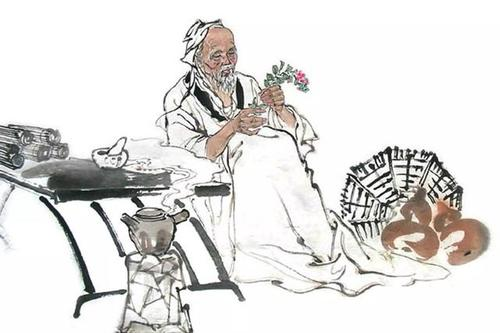
2. Adjust Yin and Yang
/
1
/
Reduce the excess
Reducing the excess is aimed at conditions where either Yin or Yang is overly abundant, using methods to reduce the excess.
/
2
/
Supplement the deficiency
Supplementing the deficiency is aimed at conditions where either Yin or Yang is deficient, using methods to supplement the deficiency.
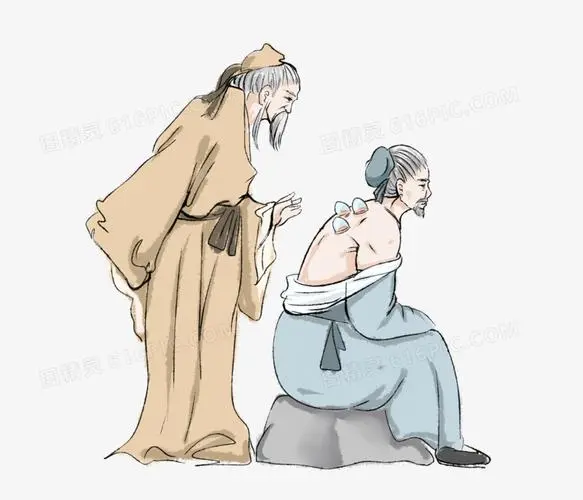
3. Support the Righteous and Eliminate the Evil
01 Support the Righteous
Supporting the righteous means using medicines or other therapies that assist the righteous Qi to enhance the body’s constitution, improve the ability to resist evils, and achieve the goal of overcoming diseases and restoring health.
2
Eliminate the Evil
Eliminating the evil means using attacking and draining medicines or other therapies to remove the pathogenic factors, achieving the goal of removing the evil and restoring the righteous.
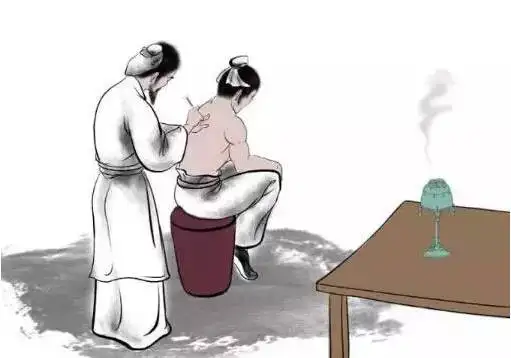
4. Different Nursing for the Same Disease and Same Nursing for Different Diseases
Different nursing for the same disease
For the same disease, different nursing measures are taken at different stages of the disease development when different symptoms appear.
Same nursing for different diseases
For different diseases, the same nursing measures are taken when the same symptoms appear at a certain stage of the disease.
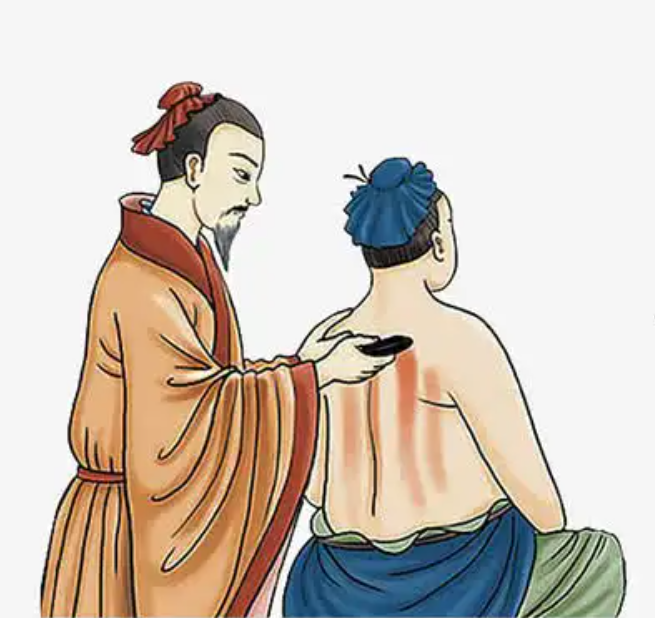
5. Adapt to the Three Factors
Adapt to the time
This refers to selecting different treatment and nursing methods based on the characteristics of different seasons and climates. For example, the sages nurture Yang in spring and summer, and nurture Yin in autumn and winter.
Adapt to the place
This refers to formulating suitable treatment and nursing methods based on the characteristics of the geographical environment.
Adapt to the person
This refers to tailoring treatment and nursing based on the individual circumstances of the patient, such as age, gender, constitution, and lifestyle habits.

Source: TCM Nursing Group, Chen Zhenzhen
Editor: Cheng Ximei
Review: Nursing Department

Scan the QR code to follow us
WeChat Name: Taichung Nursing
WeChat ID: tzszyyhlb

